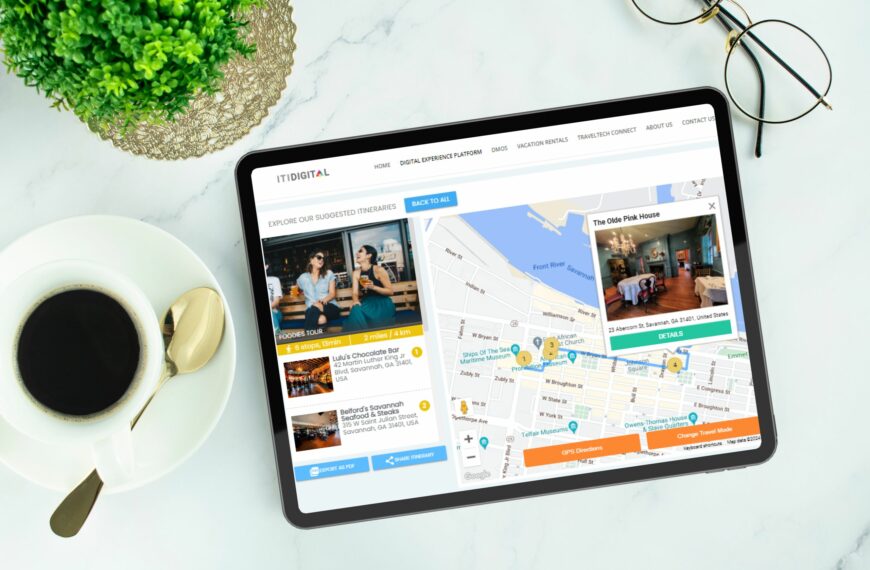In the digital age, Destination Marketing Organizations (DMOs) face a unique challenge. Their competitor is not necessarily another destination but rather Google and similar search engines. Travelers seeking real-time content, such as hours of operation, images, reviews, nearby places, and events, often turn to these platforms for the most current and comprehensive information. The traditional “billboard” approach with static content no longer suffices to engage visitors or influence their travel decisions. Here’s why:
1. Lack of Real-Time Information
Static content fails to provide the real-time updates that modern travelers seek. Information like current events, weather, and operational hours needs to be up-to-date to be useful, something static websites cannot offer effectively.
2. Inadequate Personalization
Static content does not cater to the individual preferences or behaviors of the visitor. In contrast, platforms like Google offer personalized search results based on user history and preferences, making the information more relevant and engaging.
3. Limited Engagement
Static websites offer limited interaction, which can lead to a lackluster user experience. Interactive elements like live chats, real-time updates, and personalized content keep users engaged and less likely to turn to a search engine for information.

4. Poor SEO Performance
Search engines favor websites with fresh, updated content. Static websites often fall behind in search rankings, making them less visible to potential visitors who rely on search engines to find travel information.
5. Inadequate Conversion Opportunities
Static content provides fewer opportunities to capture user interest and convert it into tangible actions, such as booking a trip or signing up for a newsletter. Interactive, up-to-date content can guide users toward these conversion points more effectively.
As travelers increasingly seek instant, reliable, and personalized information, DMOs must adapt by offering dynamic, real-time content that meets these needs. Otherwise, potential visitors will bypass DMO sites in favor of search engines like Google, which provide comprehensive, current information.
ITI Digital SaaS Solution
ITI Digital‘s SaaS solution addresses these challenges by offering a dynamic, interactive platform that enables DMOs to provide real-time information, personalized experiences, and engaging content. Our platform ensures that DMOs can compete effectively with search engines, keeping visitors on their site and converting interest into action.






